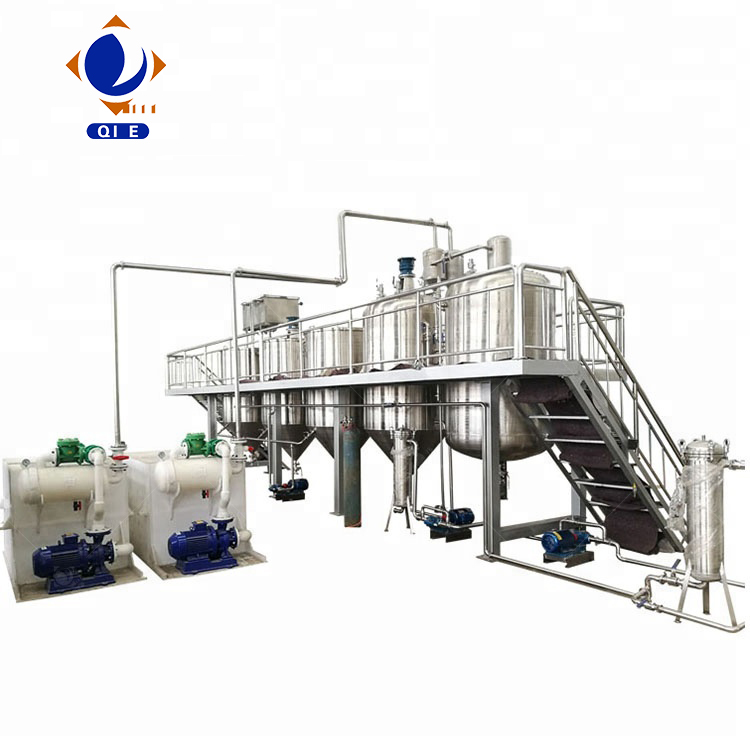
For manufacturers aiming to produce premium-grade vegetable oils that meet international food safety standards—such as those required by the EU, USDA, or Codex Alimentarius—the refinement process is not just a technical necessity—it’s a competitive differentiator. The four essential stages—degumming, deacidification, decolorization, and deodorization—form the backbone of any high-efficiency plant oil production line.
Typically performed at 70–85°C using water or citric acid, degumming targets phosphatides, proteins, and trace metals. In continuous systems, this step reduces moisture content from 1.5% to below 0.1%, preventing emulsification during subsequent processing. A well-maintained centrifuge can achieve up to 98% removal efficiency—a key factor in improving oil stability and reducing downstream energy consumption.
| Parameter | Optimal Range |
|---|---|
| Temperature (°C) | 70–85 |
| Residence Time (min) | 15–25 |
| Moisture Content After Process (%) | ≤0.1 |
Using either caustic soda (NaOH) or physical refining (steam stripping), this stage removes FFAs that cause rancidity and reduce smoke point. With modern vacuum-assisted systems operating at 25–30 mbar, FFA levels drop from an average of 3.5% to under 0.1%. This directly improves shelf life and consumer acceptance—especially critical for export markets where quality perception drives purchasing decisions.
Here, activated bleaching earth adsorbs pigments like chlorophyll and carotenoids. At 95–110°C under vacuum, color reduction can reach 90–95% (measured by RBD index). Choosing the right clay type—whether natural or modified—can reduce waste by up to 15% while maintaining consistent clarity across batches. Operators should replace filter cloths every 3–5 weeks depending on throughput and oil type.

This high-temperature (180–230°C), low-pressure phase removes volatile compounds responsible for off-flavors and odors. Properly optimized, it increases the smoke point from ~180°C to over 220°C—an essential benchmark for cooking oils sold globally. Vacuum integrity checks must be done weekly to avoid steam leakage, which can compromise both yield and product purity.
Many refineries overlook daily maintenance routines—like checking gasket seals or calibrating temperature sensors—but these small actions prevent costly downtime. For example, one client reduced unplanned stops by 40% after implementing a monthly equipment health check schedule based on real-time data logging.
When done right, each step doesn’t just clean the oil—it builds trust. Buyers in Europe, North America, and the Middle East don’t just buy products—they buy confidence in your process.
If you're ready to transform your plant oil refining operation into a precision-engineered system that delivers consistent quality, meets global compliance, and wins more international orders—let’s talk.
Download Our Free Refining Optimization Checklist


